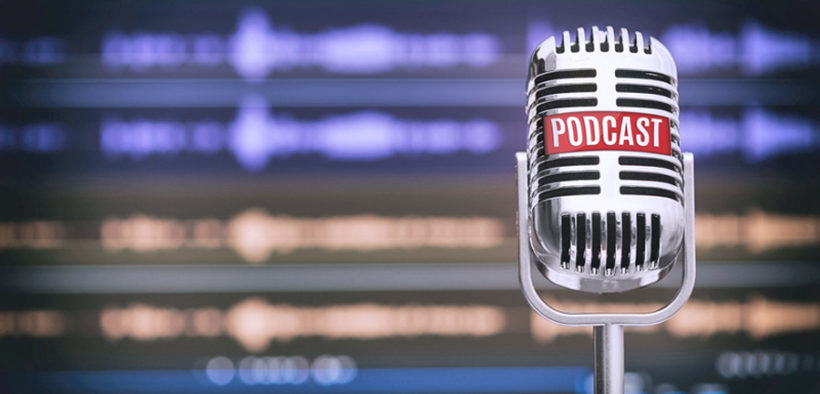Practical Techie: Repurposing podcasts with transcripts

In the perpetual search for tools on the Web to engage audiences, podcasting is the new force in town.
As many influencers assert, podcasts offer informational and entertaining experiences for listeners in many social, culture business contexts.
As of present, there is only one way to consume podcasts: listening. They can be turned into texts, but the old way of transcribing audio is by listening to the full recording, do a first transcript, then a draft on a second hear, proofread the draft, finally, format the transcript. Exhausting and slow. The old way is time-consuming and costly. Professional transcribers can be hired but cost up to $2 a minute.
Yet, a host of new platforms and services have sprouted up within the Web to give podcast a new dimension: digital transcription.
PRACTICALITY — Why transcribe? To widen our audiences. Podcast transcripts make the content accessible to many people who may not be able to hear or prefer getting their information via traditional text. Transcripts also engage cybernauts that lack fast or direct access to reliable internet service.
Podcast transcription can be also be highly beneficial for search optimization. Search engines find text references faster than they locate sound. Thus, now that podcasts are a digital engagement force to be reckoned with, if a podcaster is looking to expand audience, then transcripts should be part of their publishing process.
SPOTIFY — Most podcast consumers dwell in the music realm of the Web. Spotify began in 2006 in Stockholm, Sweden, originally known for its music streaming, It now is also a very popular platform for history themed or informational podcasts. It has more than 200 million listeners in more than 80 countries.
Its popularity stems from the ability for listeners to stream or download the content onto any device and offers digital infrastructure for musicians with the ability to stream concerts or self-produced content.
SIDIFY — Many digital music dilettantes want to convert music files into different formats. While not a transcript service, sidify.com allows for another engaging concept. It allows to convert podcasts into the different universals sound formats of the internet. In other words, download podcasts, music and audiobooks into such formats as MP3, AAC, WAV, FLAC and AIFF. These files can be saved in a memory device and played and replayed infinitely for personal use.
VEED — Transcription is a larger step for audience expansion and one service offers many flexible options for this type of engagement. Veed.com creates quick textual transcripts of podcasts and audio speech, including sound effects and utterances. Its technology allows for enough grammatical accuracy to make it a viable option for professionals. It is cloud-based and free for basic transcript services of 10 minutes and 50MB, but with a watermark.
It works well in 100 different languages.
Veed is also a video-editing platform with options for subtitling, annotation special effects, and text encoding. The platform offers the opportunity to repurpose a podcast as other different user-friendly content, including emails, newsletters and press releases.
A podcast is converted to text with a single click as plain text or HTML.
In summary, podcast transcripts make web content accessible to people with hearing disabilities which widens the audience. The World Health Organization estimates some 500 million people have a degree of hearing loss. That’s a big chunk of unengaged podcast listeners.
Transcripts also help search engines locate content faster. Podcast transcripts can also provide more back link opportunities. Finally, many web users prefer reading over listening, since they are visual learners.
Remember, if you decide to provide transcripts, always say so in the intro of each podcast episode.











